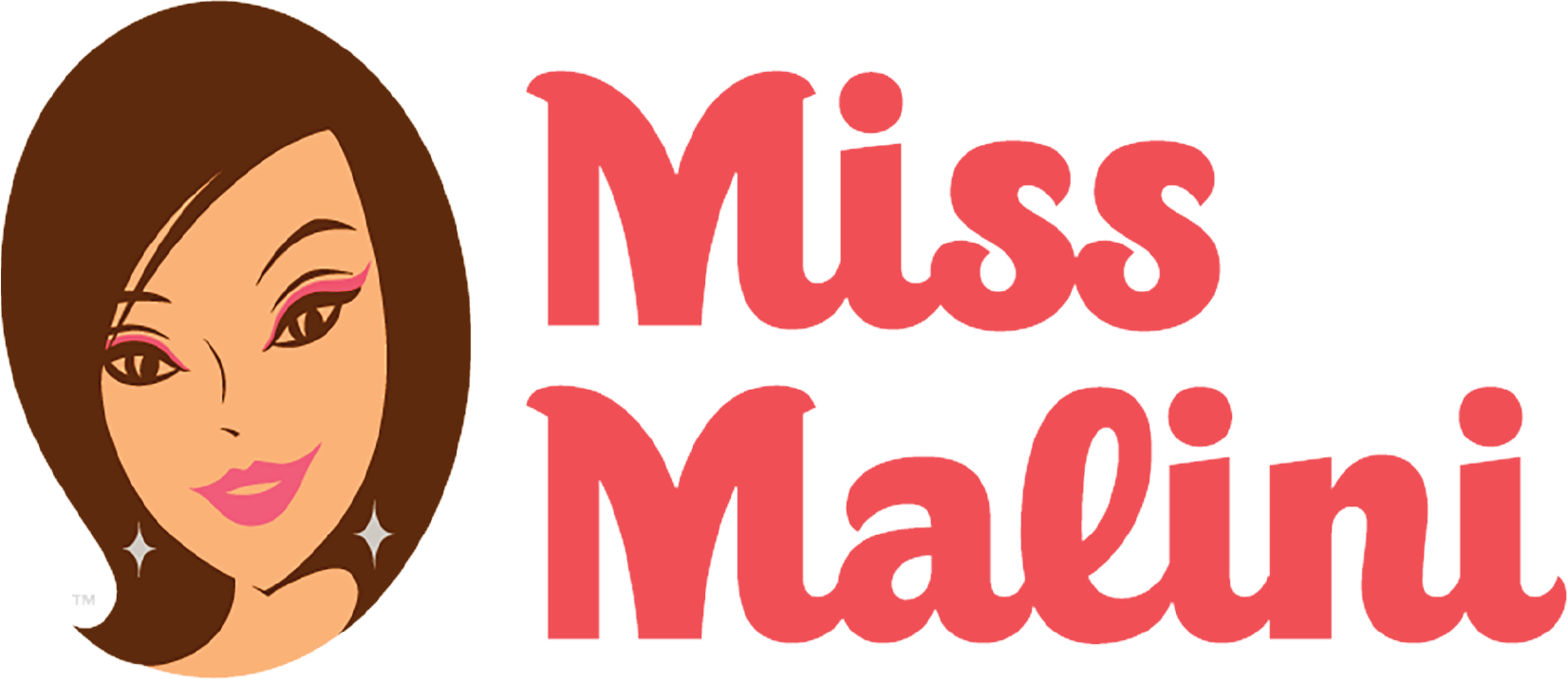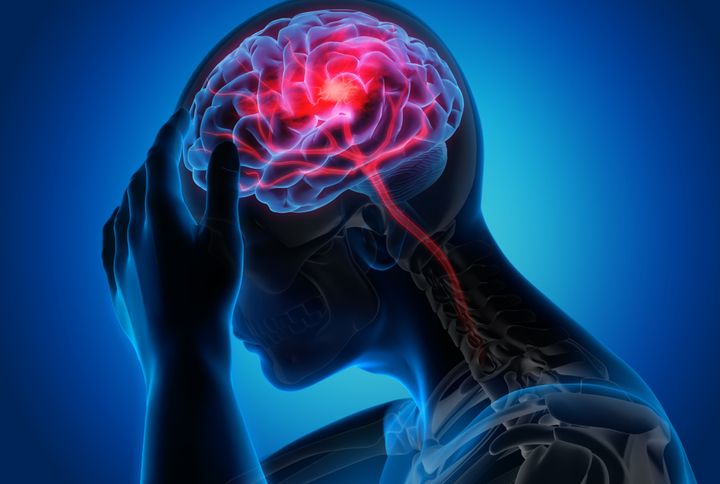Getting a headache may be common, but that doesn’t mean it doesn’t destroy you every single time. Anyone who gets migraines and headaches at the drop of a hat knows exactly how excruciatingly painful they can be. They disorient, annoy, frustrate and distract you, so much so that getting any work done seems impossible. However, gone are the days where you have to deal with it on your own. Since, this is a persistent issue for many of us, we decided to invite Dr. Raashi Khatri Panjabi, MD, Pain Management, Headaches and TMJ Disorders, to host an Ask Me Anything session on the Girl Tribe by MissMalini App on dealing with and getting rid of headaches and migraines. Here are some of the most common questions on them answered by her.
1. What is the difference between a migraine and a headache?
Migraines are a type of headache which is seen are throbbing and often one sided. Headaches, on the other hand are associated with nausea, vomiting, and sensitivity to light sound. For women, they are often triggered by hormones, especially around their periods. There are lots of other types of headaches which mimic migraines, but they can very easily be looked after by lifestyle changes and light medical treatment. A good, early diagnosis is key to a permanent treatment and cure.

2. What’s the best way to avoid screen-induced headaches and do anti-glare glasses really help?
Since so many are working from home, there is a sharp rise in screen-induced headaches. These are predominantly due to poor posture. So choose to sit on a well supported chair and a desk where the laptop is at eye level, and not on the bed or on your lap. Stretch your neck muscles often between work. Walk for a minute for every hour on the laptop. Blue-cut glasses are an excellent way to reduce the strain on your eyes and prevent retinal damage due to light emitted from screens.
3. How can I manage hormonal migraines?
Firstly, it is important to ascertain what is the exact hormonal variation in your body. For instance, increased prolactin worsens the headaches. So diagnosis is key! Secondly, there are brilliant migraine-reversal medications, which are not pain killers, but actually work at reversing the cause of the headache.
4. Can triggers for migraines change over time?
Yes absolutely! Migraine triggers can be food-related like wine, cheese, chocolate and non-food related like smells and light. These can vary as we age, based on our monthly cycles, changes in our environment and even based on quality of the food consumed. It is recommended to keep track of such changes to make diagnoses easier.
5. Instead of feeling relaxed, why do we get headaches after taking afternoon naps?
Mainly because of bad posture! Incorrect posture while sleeping can contribute to headaches after a nap. Also, people who breathe through their mouth while sleeping or who snore are more prone to post-nap headaches.
6. Does gut health affect headaches?
Yes! Our gut health is closely associated with headaches. Increased acidity due to long gaps between meals, poor digestion, bad quality of food and dehydration can worsen headaches. Please make sure you have small frequent meals which are freshly prepared with adequate water consumption through the day. Also if the headaches persists in spite of good food habits, please seek medical help to diagnose if there is any underlying digestive condition or food intolerance.
7. Why do I get headaches when I travel?
Headaches because of travel are often associated with neck muscle tightness. These are called cervicogenic headaches. Using a good memory-foam travel pillow to support the base of your skull and neck muscles while traveling can prevent such headaches. Avoid very bumpy rides as well. Ideally, also focus on treating the cervical spine with physiotherapy and strengthening exercises!
8. How do I figure out what is causing my migraine?
Migraines are often associated with hormonal changes in women. Keeping a headache-specific diary where you write down your moods and changes based on your periods and ovulation dates can help. Also, keep a note of any food and non-food triggers that induce your pain. Migraines are fully medically treatable under the guidance of a good headache doctor so you don’t have to suffer!
9. Does cervical spondylitis and bad posture have any connection with headaches?
Absolutely! Our neck muscles are all attached to the top of the head so any knots in the neck, shoulder or jaw muscles can refer the pain to the temple, top of the head and back of the head. Cervical spondylitis is often felt as deep, dull and achy headaches which can get throbbing with movement or any jerk to the neck.
So you see, headaches and migraines don’t always have to be a pain (pun intended)! What are your thoughts on this? Share it with us int he comments below and join the Girl Tribe by MissMalini App for more such conversations!

